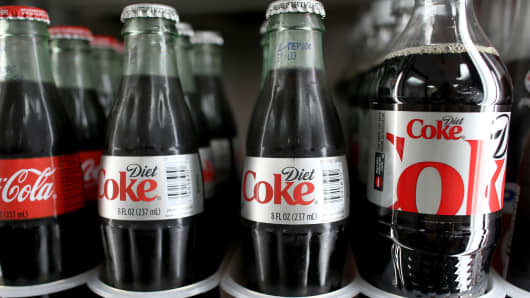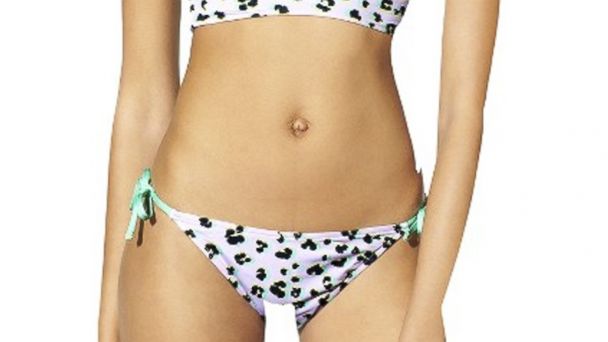
If you want to trace Americans’ fear of fat, the place to start is the U.S. Senate, during the steamy days of July 1976.
That’s when Sen. George McGovern called a hearing to raise attention to the links between diet and disease.
And what was the urgency? The economy was booming, and many Americans were living high on the hog. A 1954 Capitol Hill restaurant menu offers a glimpse of what lunch looked like then: steak with claret sauce, buttered succotash and pineapple cheesecake. But soon, that prosperity began to cast a dark shadow within the halls of Congress.
“If you look at the statistics, members were dying at a rather large rate,” Senate historian Don Ritchie tells us.
And there was a hint that the American diet might be to blame.
This was an era when it was not uncommon for men to drop dead of heart attacks. By our count, eight U.S. Senators died in office of heart disease during the 1960s and 1970s.
“When you have colleagues who die prematurely,” says Ritchie, “that’s sort of a wake-up call.”
The harms of smoking were already on the radar. The new concern was the connection between diet and heart disease.
Scientists had evidence that foods with saturated fat such as eggs and meat could raise LDL cholesterol. But there were a lot of complexities that scientists didn’t yet understand, and not a lot of data.
So, when Sen. McGovern, a Democrat from South Dakota, called his hearing, he summoned the likes of Nathan Pritikin, a longevity guru who believed you could reverse heart disease with diet changes. And he called as a witness a Harvard University professor who pointed to the harms of overconsumption of fat.
The hearing led to the creation of the first set of dietary guidelines for Americans.
“The thinking of the day is that you wanted to reduce fat,” says science writer Gary Taubes, author of Why We Get Fat.
He adds that once fat was fingered as the villain, the thinking was that any way Americans could get fat out of their diets would be a good thing.
Sen. George Shoup, who died in 1904, was Idaho’s first governor. “He protrudes,” says Senate historian Don Ritchie. “This was the epitome of success in the late 19th century.” But the link between corpulence and power would cast a dark shadow within the halls of Congress.
“And if we did it by merely replacing milk and cheese and fatty meat with carbohydrates, with pasta and potatoes and rice,” Taubes says, the theory was that we would live longer, and be thinner.
So, one of the top goals listed in the original dietary goals: eat more carbs.
“In retrospect, it’s kind of amazing, but this was the thinking at the time,” Taubes says.
via Why We Got Fatter During The Fat-Free Food Boom : The Salt : NPR.










